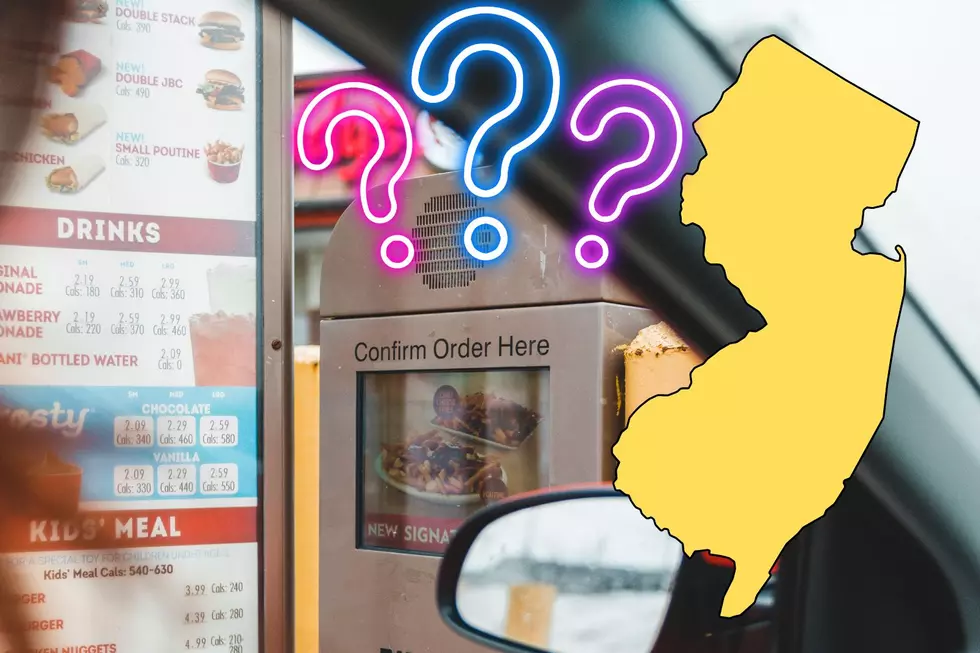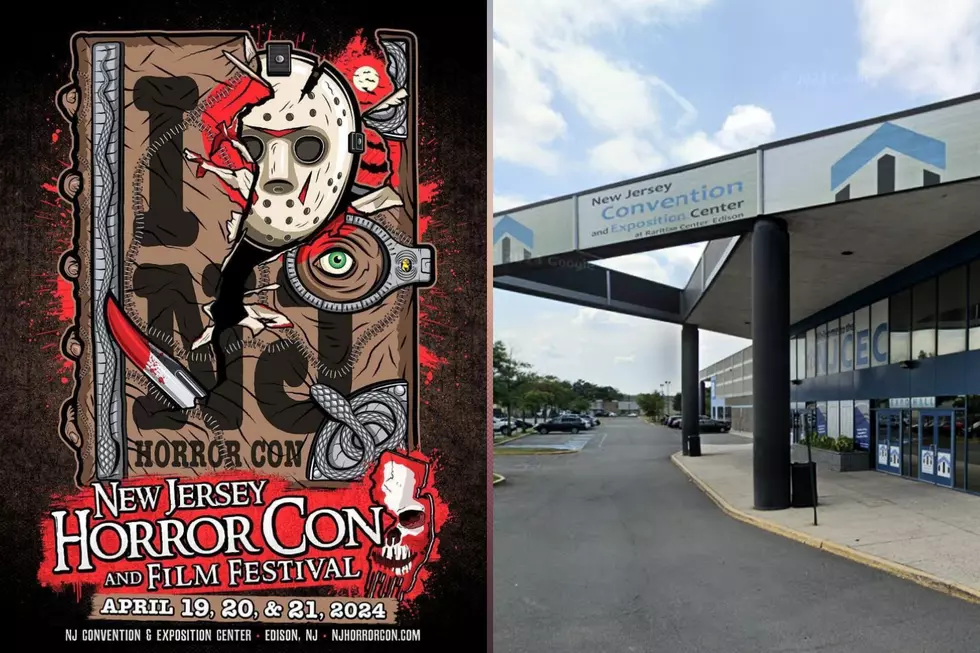
How Newark Liberty Airport became one of the busiest airports
Everyone’s favorite airport punching bag, Newark Liberty Airport, opened on October 1st, 1928 as Newark Metropolitan Airport. It quickly became one of the world’s busiest commercial airports (until La Guardia opened in 1939).
It was taken over by the military during World War II and used for Army logistics. It reopened in 1946, and in 1948, the Port Authority assumed operation of the airport. Over the years, Newark Airport was the home of many “firsts,” like the use of runway marker lights, radio beacons for safe landings through fog, the first hard surface runway in the United States and the first air traffic control tower in the nation, according to the Today in New Jersey History Facebook page.
The airport underwent major expansions with roadways, taxiways, runways, and three terminals being built; in the 1990s, a monorail system was added, linking the terminals and parking facilities. A new $2.7 billion terminal, Terminal One is being built as we speak and is expected to open in two phases with the first in 2021.
On September 11th, 2001, United Flight 93 left Newark Airport bound for San Francisco; it was hijacked by terrorists who planned to crash it in Washington, DC. After learning of the other hijackings that day, passengers of Flight 93 rushed the cockpit to try to wrest control of the plane; in the ensuing struggle, the plane crashed into a field in Pennsylvania. After the incident, the airport was renamed Newark Liberty International Airport.
The airport is now one of the world’s busiest. In 2019 it handled over 46 million passengers. It is also one of the most maligned: it was ranked the worst (out of 116) airport in America, although Fodor’s ranked Terminal C the “best for foodies” in the country, so there’s that.
The post above reflects the thoughts and observations of New Jersey 101.5 talk show host Bill Doyle. Any opinions expressed are Bill Doyle's own.
The lamest tourist attractions — Jeff Deminski
More From New Jersey 101.5 FM









